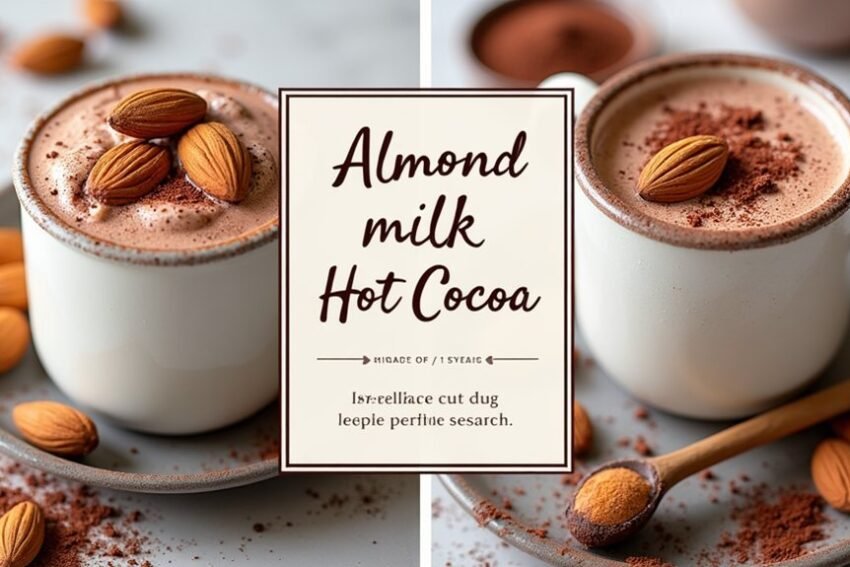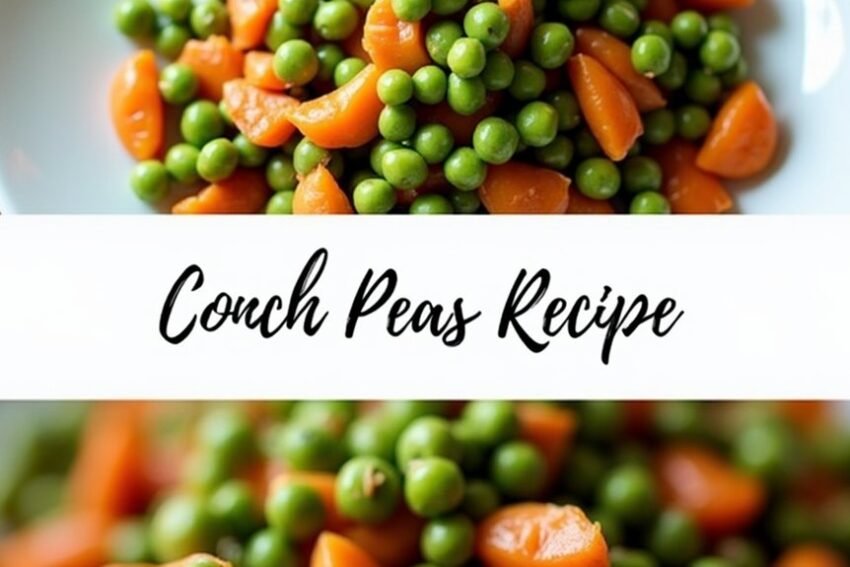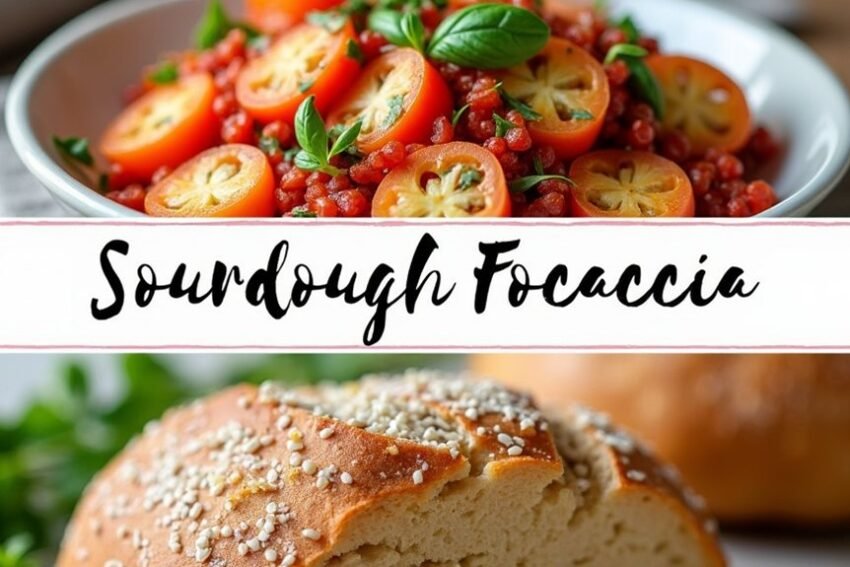Dutch Oven Sourdough Bread with Starter Recipe
Dutch Oven Sourdough Bread With Starter Recipe
When you decide to tackle Dutch oven sourdough bread with a starter, you’re not just baking; you’re embracing a time-honored tradition. You’ll find that the combination of a robust starter and the Dutch oven creates a crust that’s both crispy and chewy, while the interior remains delightfully airy. You may already have a few questions about the process or ingredients, and that’s completely normal. The journey to perfecting this bread might reveal some surprising techniques and tips, inviting you to investigate further. What could possibly improve your experience?
Key Takeaways
- Begin with an active sourdough starter, fed 12-24 hours prior, to ensure proper fermentation and rise during baking.
- Combine ¼ cup starter, 1½ cups warm water, 4¼ cups flour, and 1½ tsp salt to form your dough.
- Allow the dough to rise for at least 6 hours until it doubles in size, using stretch and fold techniques for gluten development.
- Preheat your Dutch oven to 450°F for 30-45 minutes before baking to achieve the best crust and steam retention.
- Score the dough before baking for proper expansion, and cool on a wire rack for 1 hour before slicing.
History
Sourdough bread boasts a fascinating history that traces back to Ancient Egypt, where it emerged as one of the oldest forms of leavened bread.
- Ancient Revelation: Egyptians inadvertently stumbled upon sourdough by leaving out bread dough, attracting wild yeast from the environment.
- Cultural Spread: This method was quickly adopted by the Ancient Greeks and later spread throughout the Roman Empire, signifying the bread’s value.
- Accidental Invention: The creation of sourdough is often seen as a happy accident from early bakers’ trials. Sourdough is popular for its health benefits, offering a unique taste that has captivated many throughout history.
In the United States, sourdough gained prominence during the California Gold Rush. Miners relied on sourdough starters because commercial yeast was scarce.
San Francisco became a hub for sourdough, largely due to French immigrants like Isidore Boudin, whose bakery helped popularize the bread. Miners with sourdough starters earned the nickname “sourdoughs.”
Later, the revelation of commercial yeast in the mid-19th century diminished the reliance on sourdough starters.
However, sourdough experienced a resurgence during the COVID-19 pandemic, reaffirming its cultural significance and deep-rooted American heritage, especially in places like San Francisco.
Recipe
Making sourdough bread in a Dutch oven is a rewarding culinary adventure that yields a crusty exterior and a soft, chewy interior. The process utilizes a natural leavening agent—the sourdough starter—to achieve a delightful flavor and texture. Patience and technique are key in this method, especially during the stretching and folding stages, which help develop gluten and create an airy loaf. Additionally, using a Dutch oven for baking helps create a beginner-friendly environment as it retains moisture, resulting in a better crust.
To start, verify your sourdough starter is active and bubbly, having been fed within 12-24 hours before you begin. This recipe calls for an initial mixing of the starter with warm filtered water, followed by the incorporation of flour and salt to form a shaggy dough. After a resting period, the dough undergoes a series of stretch and fold motions to improve its structure, followed by an ample rise to allow the yeast to work its magic.
Ingredients:
– ¼ cup (60 grams) active sourdough starter
– 1 ½ cups (350 grams) warm filtered water (about 100°F)
– 4 ¼ cups (500 grams) all-purpose flour
– 1 ½ teaspoons (9 grams) fine sea salt
– Optional: herbs, nuts, seeds, cheese, dried fruits
In a large mixing bowl, combine the active sourdough starter and warm water, then add the flour and sea salt, mixing until a shaggy dough forms. Allow the dough to rest for 30 minutes before performing the stretch and fold technique by stretching the dough in a clockwise motion.
Let the dough rise for at least 6 hours until it has doubled in size. After the first rise, shape the dough into a round or oblong form, place it on parchment paper, and score the top with a lame or sharp knife. Preheat your oven to 450°F, place the dough in a preheated Dutch oven, and cover with the lid.
Bake for 30 minutes covered, then remove the lid and bake for an additional 20-30 minutes until golden brown. Ultimately, bake directly on the oven rack for another 10 minutes for a crisp crust. Allow the bread to cool for at least 1 hour before slicing.
Extra Tips: For the best results, verify your kitchen is warm and draft-free during the rising periods, as this aids yeast activity and dough fermentation. Feel free to experiment with additional flavors by folding in herbs, nuts, or cheese during the mixing phase.
Finally, always use a sharp knife or lame for scoring to verify clean cuts, which allows for better expansion during baking. Enjoy the process, and don’t hesitate to adjust the baking times based on your oven’s characteristics!
Final Thoughts
Have you ever experienced the satisfaction of pulling a freshly baked loaf from the oven? If you haven’t, making Dutch oven sourdough bread is an excellent way to start. The Dutch oven is your secret weapon, trapping steam and creating an ideal environment for a perfect rise.
Here are some key takeaways for successful baking:
Benefits of Using a Dutch Oven:
- Steam Retention: Prevents the crust from hardening too quickly.
- Even Heating: Guarantees a uniform crumb and crust.
- Crispy Crust: Achieves a golden finish when uncovered during the final stage. This process enhances flavor and texture through controlled fermentation.
Essential Tips:
- Preheat: Let the Dutch oven reach 450°F for at least 30 minutes.
- Score the Dough: Allows for proper expansion, enhancing aesthetics.
- Handling: Use parchment paper to avoid burns while lowering the dough inside.
Final Steps:
- Baking: Cover for 20 minutes, then uncover for 25 minutes.
- Cooling: Rest the loaf on a wire rack for at least an hour before slicing.
Following these guidelines will help you create stunning sourdough bread, making each loaf a reflection of your baking skills.
Enjoy your baking journey!
FAQ
As you adopt the art of baking Dutch oven sourdough bread, questions are bound to arise along the way. Here are some FAQs to guide you through the process:
General Tips:
- Use an active sourdough starter that has doubled in size with visible bubbles.
- Transfer dough using parchment paper to prevent sticking.
- Preheat the Dutch oven at 450°F for at least 45 minutes.
Common Issues:
- If your loaf’s bottom burns, using parchment paper can help. Using a baking tray under the Dutch Oven will provide additional insulation to further reduce the risk of burning.
- A chewy bottom may indicate underbaking; check for an internal temperature of at least 205°F.
- Place the Dutch oven higher in the oven for better heat distribution.
Equipment Essentials:
- A cast iron Dutch oven is recommended for even heat.
- Use a lame or razor blade for scoring.
- Digital scales guarantee accurate measurements.
Baking Process:
- Let the dough autolyse for 30 minutes for hydration.
- Bulk ferment overnight or for several hours to develop flavor.
- Score the bread just before baking for better shape control.
- Cool the loaf before slicing to set the crumb structure.
With these tips, you’ll master Dutch oven sourdough bread baking.









